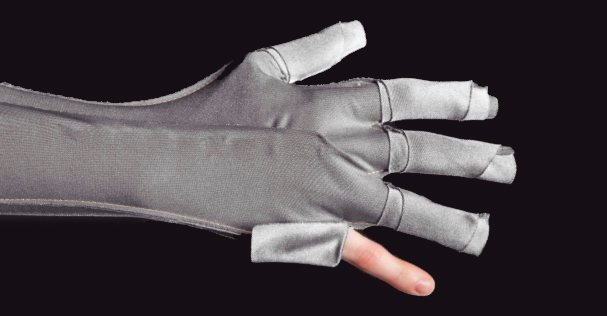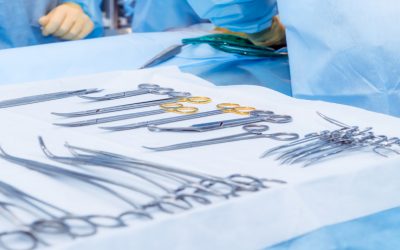by John Wallace
Wound therapy is a lot more advanced from when you fell down as a child and a kiss from Mom made everything better.
While nothing beats a mother’s love, advances in wound therapy have created a market poised to reach $9 billion by 2020, according to Global Industry Analysts Inc. The transition from traditional wound care to advanced wound care and then active wound care and therapy devices has been steady. The use of simple dressings and bandages gave way to gels, alginates, hydrocolloids and collagen. Then, skin substitutes and other advanced options became available.
The therapy device market consists of negative pressure wound therapy, hyperbaric oxygen therapy, whirlpool therapy, ultraviolet therapy, ultrasound therapy and others.
The market has grown and factors driving this growth include an aging worldwide population and an increase in chronic diseases such as diabetes and hypertension. Technological advances also contribute to the growth of the wound therapy market, according to RNR Market Research.
“Complex and chronic wounds such as diabetic ulcers, pressure ulcers, and trauma/surgical wounds have emerged to be one of the biggest challenges in healthcare, as they are hard to heal and are a significant drain on resources and nursing time,” according to GIA. “Advanced wound care products are increasingly emerging as the standard therapy for treating such slow healing wounds.”
“Substitution of traditional wound management strategies with advanced wound care products is largely due to their effectiveness in managing wounds by preventing accumulation of excess exudate, while maintaining the right level of moisture to promote healing with minimum scarring,” GIA adds. “These products are increasingly being accepted by hospitals to reduce duration of patient stay and minimize the overall cost of healthcare. Growing knowledge of specifically formulated products and rapid technological innovations are also contributing towards market growth. Additionally, expanding base of aging population and rising prevalence of lifestyle related diseases such as diabetes and obesity that result in chronic wounds which need higher level of care, are also spurring opportunities for the market.”
Some treatments are gaining in popularity among healthcare facilities.
“Active wound care products including engineered tissue and epidermal growth factors are gaining popularity. These products are touted to speed-up the wound healing process, while also requiring relatively less frequent nursing attention,” according to GIA. “Low toxicity and biocompatibility characteristics are enabling active wound care products to emerge as attractive and effective wound care products. Negative pressure wound therapy has emerged as a highly effective solution for advanced wound management by accelerating wound healing by creating negative pressure on the wound via a foam dressing.”
“A key trend in the advanced wound care market is emergence of combination dressings which are prepared using various available products of wound dressings in different combinations, generally a biological agent and an antimicrobial material,” the GIA report states. “Apart from their moisture creation and retention capabilities, moist wound dressings have gained widespread usage owing to their ability to offer protection against bacteria and absorb excess wound exudate. Given their better effectiveness than hydrocolloids in managing highly exuding wounds, foam dressings are emerging to be one of the bright spots in the moist wound dressings market. Including an antiseptic agent that helps destroy micro organisms present in the wound, antimicrobial dressings also constitutes a growing segment in the market, with demand mainly spurred by rising prevalence of bacteria which is resistant to antibiotics.”
The United States is the largest section of the global market and the Asia-Pacific region is the fastest growing market with a compound annual growth rate of 11.9 percent, according to GIA.
Manufacturers include 3M Healthcare, Coloplast A/S, CONMED Corporation, ConvaTec Inc., Covidien plc, Hollister Wound Care, Kinetic Concepts Inc., Medline Industries Inc., Mölnlycke Health Care AB, Organogenesis Inc., Paul Hartmann AG, and Smith & Nephew Plc.










